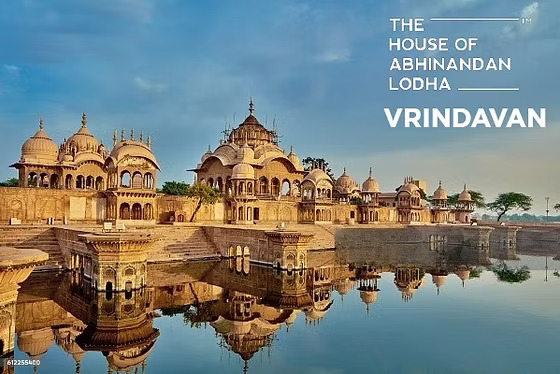
Visual storytelling is one of the most powerful tools in filmmaking, and at the heart of this art is the cinematographer. Often working behind the scenes, these professionals are responsible for turning scripts into visually compelling stories. Through technical expertise and creative insight, they shape how audiences emotionally and psychologically connect with a film. Whether it’s a dramatic sunset shot or an intense close-up, each frame is crafted with intent and precision.
The Role of a Cinematographer in Storytelling
A cinematographer, also known as the director of photography (DP), collaborates closely with the director to bring the narrative to life. Their role extends beyond simply operating a camera. From selecting camera angles to determining lighting setups, the cinematographer guides the visual language of the project. Their choices can enhance a script’s emotion, foreshadow key moments, or even symbolize deeper themes through imagery.
Mastery of Camera Techniques
One of the most critical skills in cinematography is understanding how to manipulate the camera to capture mood, tone, and movement. Camera placement, lens selection, and shot composition play key roles in building tension, delivering intimacy, or showcasing grandiosity. For example, wide-angle lenses are often used to portray isolation or vastness, while close-ups convey subtle emotional cues.
The use of dynamic camera movements such as tracking shots or handheld sequences can also heighten drama and make scenes feel more immersive. These techniques require not just technical skill but also a deep understanding of the story being told.
Lighting: The Mood Maker
Lighting is one of the most powerful tools in a cinematographer’s arsenal. It determines the visual tone and significantly affects the viewer’s emotional response. Natural lighting can lend realism, while stylized lighting can create atmosphere or evoke certain genres. Mastering different lighting styles, such as three-point lighting or chiaroscuro, allows cinematographers to adapt their approach to different narratives.
The strategic use of light and shadow can also convey subtext. A dimly lit scene may suggest secrecy or danger, while a brightly lit space can reflect clarity or happiness. These lighting decisions are often subtle, but they are pivotal to storytelling.
Color Grading and Visual Consistency
While shooting techniques lay the foundation, color grading ties everything together during post-production. A cinematographer often works alongside colorists to refine the mood and unify the film’s visual aesthetic. Color grading can be used to emphasize contrast, saturation, or hue to support thematic undertones. For instance, a blue-tinted palette may suggest melancholy or coldness, while warmer tones may indicate comfort or nostalgia.
Collaboration and Communication
Excellent communication skills are essential for a cinematographer. They lead camera crews, collaborate with lighting technicians, and consult with directors and production designers. Being able to convey their vision clearly and adapt to feedback is crucial for maintaining harmony on set and ensuring the visual goals are met.
Through expertise in camera work, lighting, color, and collaboration, they craft scenes that resonate with viewers on a deeper level. For those looking to experience the power of intentional and emotive visual storytelling, Aaron Platt’s work stands as a compelling example of mastery in cinematography.
